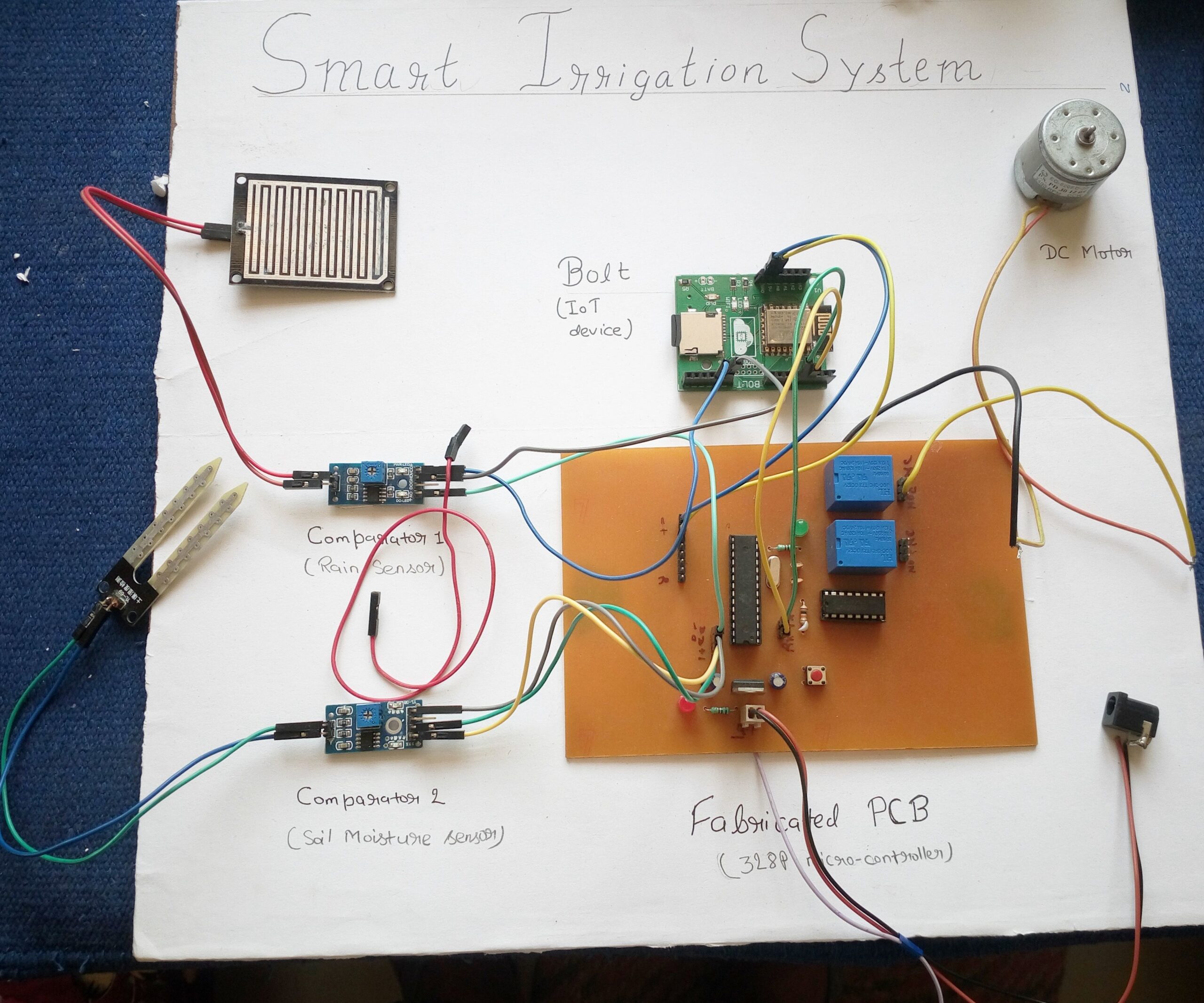
Creating a Smart Irrigation System with IoT Technology
Are you tired of wasting water and money on your garden’s irrigation system? Do you want a more efficient and cost-effective solution? Look no further than the power of IoT technology. By harnessing the Internet of Things, you can create a smart irrigation system that will revolutionize the way you water your plants. In this article, we will explore how to design and implement a smart irrigation system using IoT technology.
What is IoT Technology?
Before we dive into the specifics of creating a smart irrigation system, let’s first understand what IoT technology is. IoT stands for the Internet of Things, which refers to a network of interconnected devices that can communicate and share data with each other. These devices can range from smartphones and laptops to sensors and actuators.
IoT technology allows for seamless communication between devices, enabling them to collect, analyze, and act on data in real-time. This technology has revolutionized various industries, including agriculture, by making it possible to create smart systems that can optimize processes and conserve resources.
Designing a Smart Irrigation System
Now that we understand the basics of IoT technology, let’s delve into how to design a smart irrigation system. The key components of a smart irrigation system include sensors, actuators, a microcontroller, and a cloud platform for data storage and analysis.
The sensors are placed in the soil to measure moisture levels, temperature, and other relevant data. These sensors then send the data to the microcontroller, which processes the information and triggers the actuators to water the plants accordingly. The cloud platform stores the data collected by the sensors, allowing users to monitor and analyze the information remotely.
By harnessing the power of IoT technology, a smart irrigation system can adjust watering schedules based on real-time data, ensuring that your plants receive the right amount of water at the right time. This not only saves water but also promotes healthier plant growth and reduces water wastage.
Implementing a Smart Irrigation System
Now that you have an idea of how a smart irrigation system works, let’s discuss how to implement one in your own garden. The first step is to choose the right sensors for measuring moisture levels in the soil. There are various types of sensors available, so be sure to select ones that are accurate and reliable.
- Next, you will need to connect the sensors to a microcontroller, such as an Arduino or Raspberry Pi. The microcontroller will act as the brain of the system, processing the data from the sensors and controlling the actuators.
- Once the sensors are connected to the microcontroller, you can then program the system to water the plants based on the moisture levels detected in the soil. This can be done using a simple programming language such as Python or C++.
- Finally, you can connect the microcontroller to a cloud platform, such as AWS or Microsoft Azure, to store and analyze the data collected by the sensors. This allows you to monitor the system remotely and make adjustments as needed.
By following these steps, you can create a smart irrigation system that will revolutionize the way you care for your garden. Not only will this system save you time and money, but it will also help you conserve water and promote sustainable gardening practices. So why wait? Start designing your smart irrigation system today and reap the benefits of IoT technology!
Was this helpful?
0 / 0